“Sleeping sickness”: the story of an epidemic whose causes were never found
Categories: Health and Medicine | History
By Pictolic https://pictolic.com/article/sleeping-sickness-the-story-of-an-epidemic-whose-causes-were-never-found.htmlEveryone knows about the Spanish flu epidemic, which claimed tens of millions of lives at the beginning of the 20th century. But the mysterious “sleeping sickness” that affected people around the same time is almost never remembered. Yes, these epidemics cannot be compared in terms of the number of victims, but about 5 million people on the planet suffered from a strange disease, and the mortality rate from it was 20-40 percent.
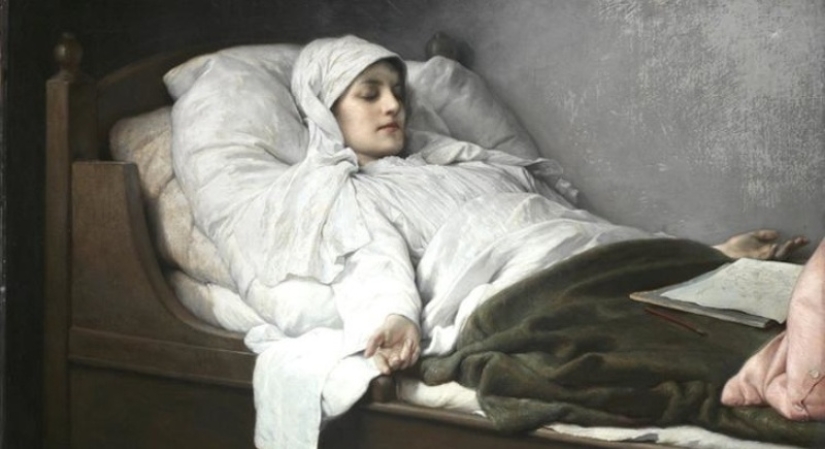
An epidemic of lethargic encephalitis or "sleeping sickness" occurred from 1917 to 1927. It was a time of great upheaval, starting with the First World War and ending with the Spanish Flu. The disease was in the shadow of larger-scale misfortunes and therefore little was said about it.
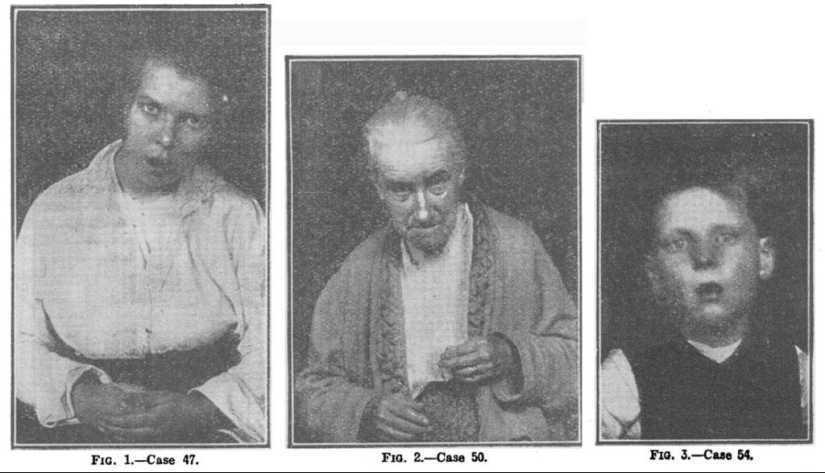
The disease was first described in 1917 by the Austrian psychiatrist and neurologist Constantin von Economo. He called it "lethargic encephalitis":
Von Economo's records say that the first outbreak of the epidemic occurred in 1915 near Verdun. After this, people began to get sick in Austria, and then in Europe and the USA. The epidemic lasted until 1927. It stopped by itself, mysteriously and regardless of the efforts of the doctors.
About one third of those infected died, and about 20% required professional care for the rest of their lives. Less than one third of patients fully recovered.
The disease affected people of all ages, but the most vulnerable were people between 15 and 35 years old. From the name of the disease it is easy to guess that the main symptom of the disease was drowsiness. People who became its victims could sleep for days for 2-3 weeks. They fell asleep not only at rest, but also at work, while eating, and even while walking. But that wasn't the only problem. Along the way, patients suffered from convulsions, muscle paralysis, hallucinations, vomiting and severe pain in different parts of the body.
The very first manifestations of the disease were almost no different from a common cold: high fever, headache, feeling tired and runny nose. At first, it never occurred to anyone that what they were facing was much more dangerous.

The acute phase was characterized by high fever, headaches and facial expression disturbances. There have also been particularly severe cases with disorders of cardiovascular activity, disturbances in the frequency and rhythm of breathing, and even falling into a coma. Deaths were not uncommon, and doctors almost never could influence the outcome of the disease.
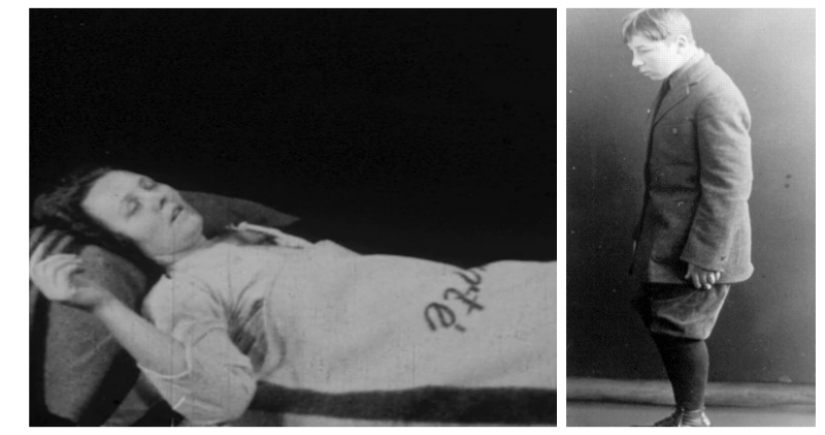
“Sleeping sickness” could suddenly recede. In such cases, a patient who was considered hopeless suddenly recovered. But it could also become chronic, dooming a person to many years of suffering. Scientists spent a lot of time until they determined that the source of lethargic encephalitis is the person himself. The infection was transmitted both by airborne droplets and by contact.
During autopsies, von Economo determined that the cause of death was a damaged hypothalamus. This is a small part of the brain that is responsible for a huge variety of human functions, including sleep. Inflammation of the hypothalamus due to infection led to damage to this area of the brain, which became the cause of death. But the causative agent of epidemic encephalitis has not been isolated. It is believed to be a virus.
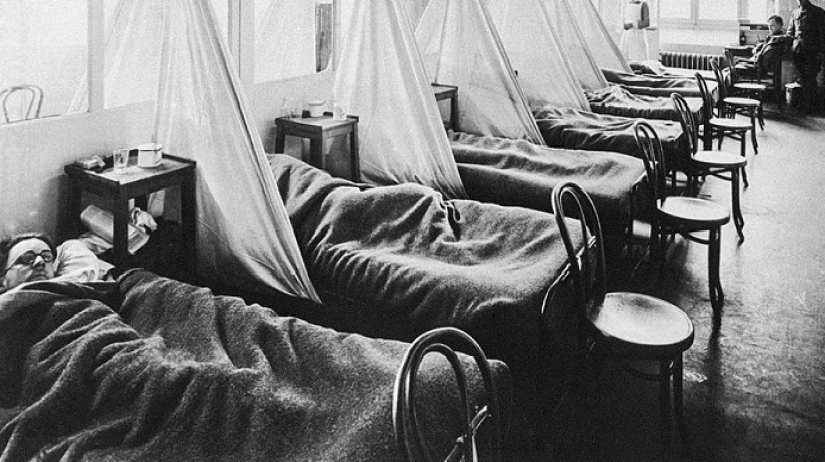
It was not possible to find out anything more about the deadly disease. Who was “patient zero”, why the disease took the form of an epidemic, what caused the cases of sudden healing - all this still remains a mystery. Doctors also did not learn how to treat the disease - they had to rely only on chance.
Although the sleeping sickness epidemic suddenly ended in 1927, the disease did not disappear. Cases of the disease are still recorded today. In 1987, 4 people fell ill in different parts of the world. In 2013, a massive case of the disease was recorded in the Kazakh villages of Kalachi and Krasnogorsky. People slept for 6-7 days straight and suffered from cramps. The authorities decided to take radical measures and the population of the villages was evacuated.
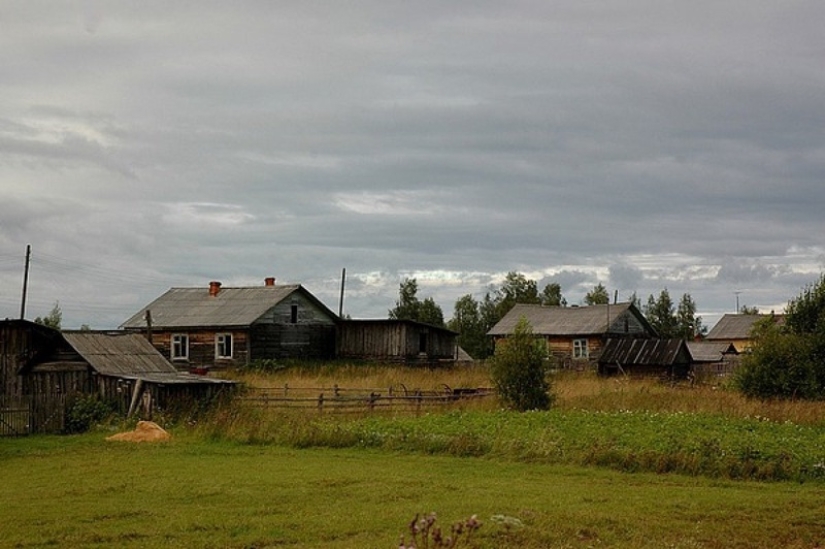
In Kazakhstan, the disease was called “encephalopathy of unknown origin.” Scientists have been unable to establish its infectious origin. The disease was associated with the fact that Kalachi and Krasnogorsky were located next to uranium mines that operated in the 1960–1990s. Doctors suggested that the outbreak of the disease was related to the unfavorable environmental situation in the area. Since 2016, no more cases of “sleeping sickness” have been recorded.
Yes, “sleeping sickness” is a strange and unpredictable illness. But even more inexplicable were the epidemics of the “dancing plague” that visited medieval Europe several times.
Recent articles

Winter is a special time of the year, someone is afraid of her, someone is waiting for snow days to build a snowman or go down the ...

The heroes of their photos are used to humiliate others, cheerfully and carelessly shoot everything on the phone and post the ...

Every day, photographers around the world are looking for new ways to tell stories or capture something we haven't noticed ...